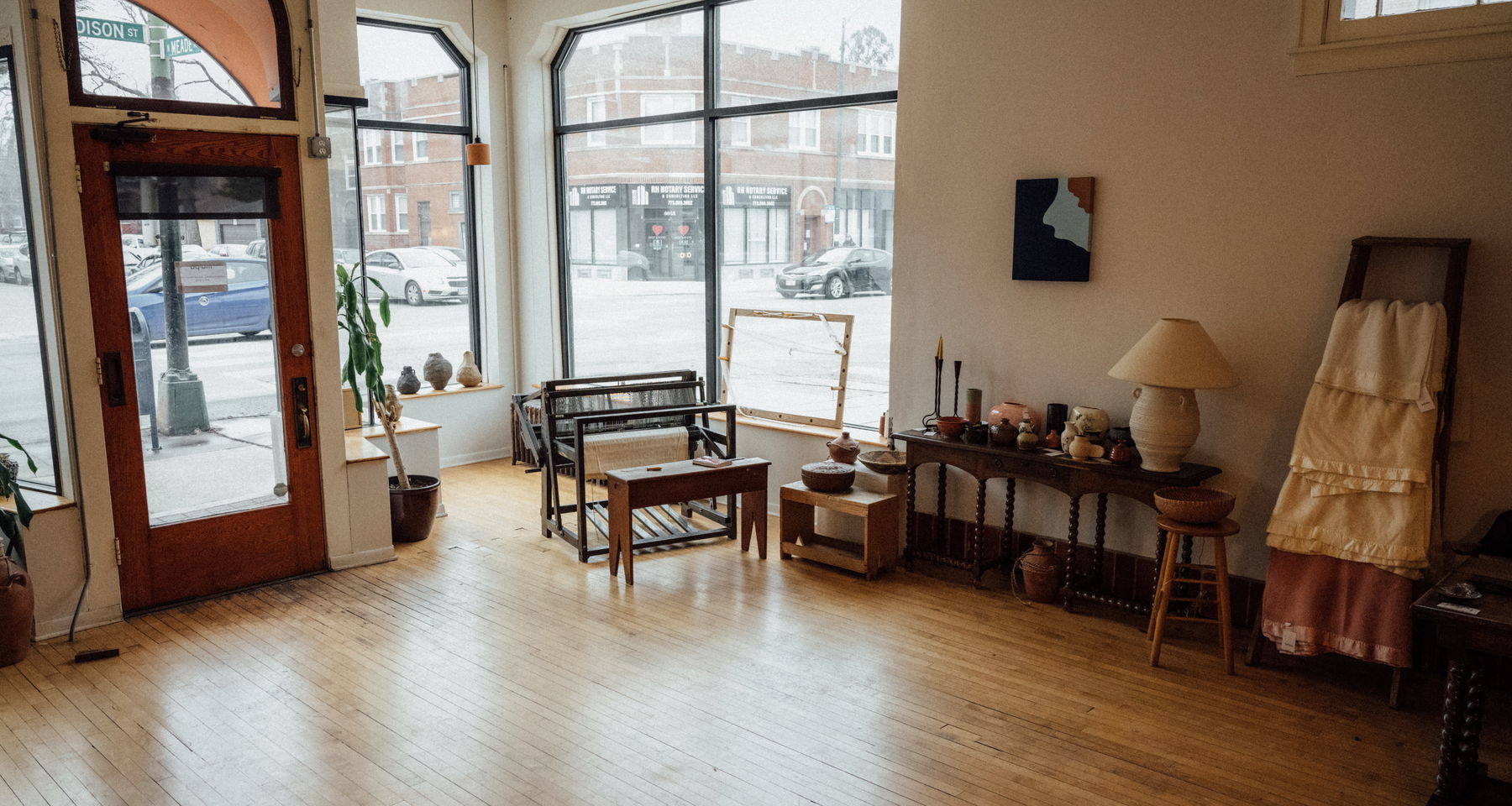
ma-pa Presents an Evening of Spanish Guitar in Portage Park
Portage Park, Chicago
Sat, April 12, 2025, at 7:30 PM,
CDT
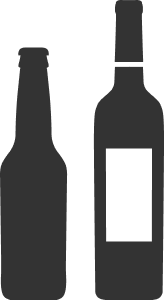
- Bring your own drinks
-

- All guests must be 21
-
Wheelchair access
- Wheelchair Accessible
-
- Click here for more accessibility details
This is a groupmuse
A live concert in a living room, backyard, or another intimate space. They're casual and friendly, hosted by community members.
Host
We at ma-pa, the cutest little vintage shop in Portage Park, are so excited to host Jon Wasserman for an evening of Spanish classical guitar, lute, and vihuela music!
We've got a lovely space that somehow feels cozy and spacious at the same time and hope to see you there!
Bring a bottle of wine or anything else you'd like to sip and we'll have a cup for you to pour it in :)
Doors at 7:30, show at 8:15.
What's the music?
(Red Loves) is a program representing the lyrical and musical world of the 16th and 17th
century Hispanic diaspora, highlighting works for the vihuela and baroque guitar. The music
comes from 16th century Iberia and 17th century Spain, Peru, Mexico, and Chile, featuring
composers such as Luis Milán, Luys de Narvaez, Diego Pisador, Santiago de Murcia, José Marin,
and anonymous composers. The works from these composers include virtuosic fantasies
(fantasias), dances (danzas), variations (diferencias), interspersed with renaissance
villancicos and intabulations of vocal music as well as, tonos humanos, a genre of
accompanied song from the baroque.
The program is split into 2 parts to highlight the two distinct musical periods. The first will
feature music from the renaissance performed on the vihuela, and the latter from the
baroque performed on the baroque guitar.
The name “Amores Rojos” comes from the research of the music that survives for the vihuela
and the baroque guitar which is written in a notation called tablature. The tablature is shown
by lines (representing strings) and numbers (representing frets). This was the most common
method of writing music for plucked stringed instruments since the 16th century to the
modern day. In the 16th century, the uniqueness of this repertoire is that the vocal lines were
not written above the tablature staff but, actually colored in red into the tablature itself. This
technique was called “cifras coloradas” (colored symbols). By studying this music I have
made my own arrangements from the original manuscripts, choosing which notes to be sung
and which to be left out of the instrument.
Location
Exact address sent to approved attendees via email.
This is a groupmuse
A live concert in a living room, backyard, or another intimate space. They're casual and friendly, hosted by community members.
Host
Attendees
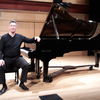















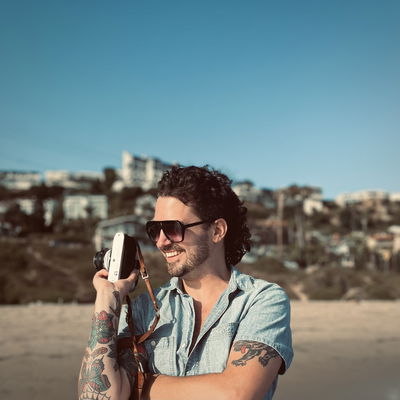
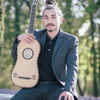
 Continue with Facebook
Continue with Facebook
 Continue with Google
Continue with Google
 Continue with Apple
Continue with Apple
Comments
Comment sections are only for participants.